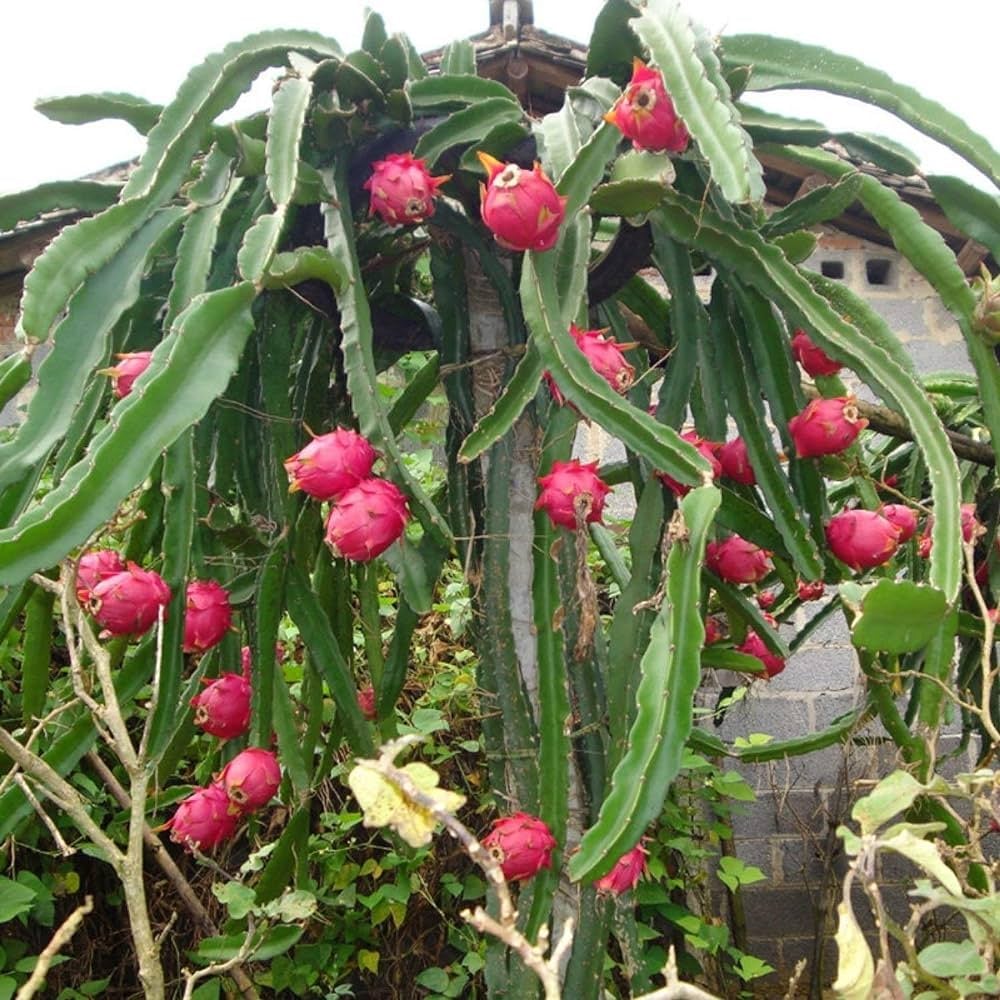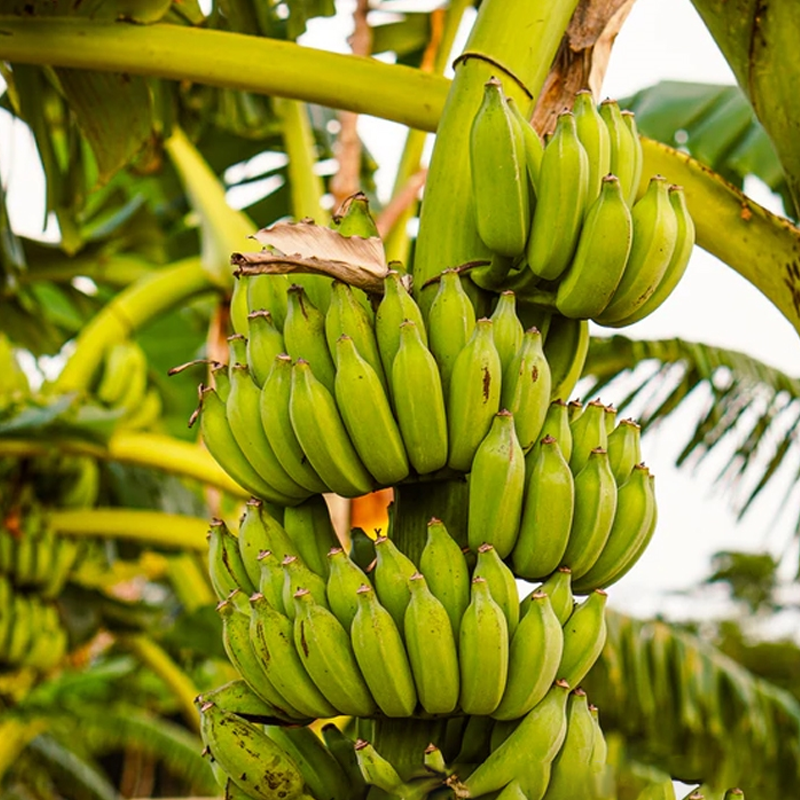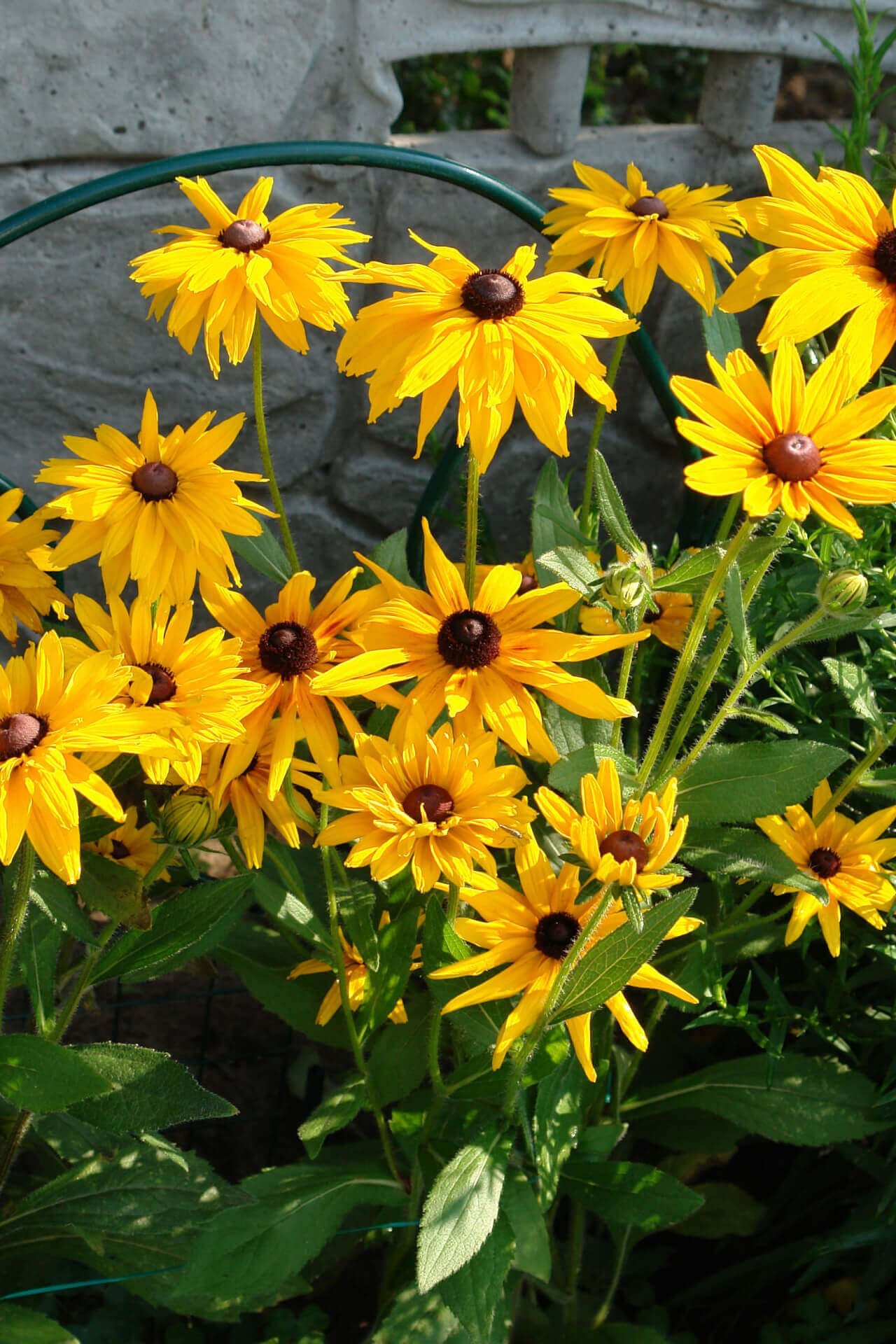
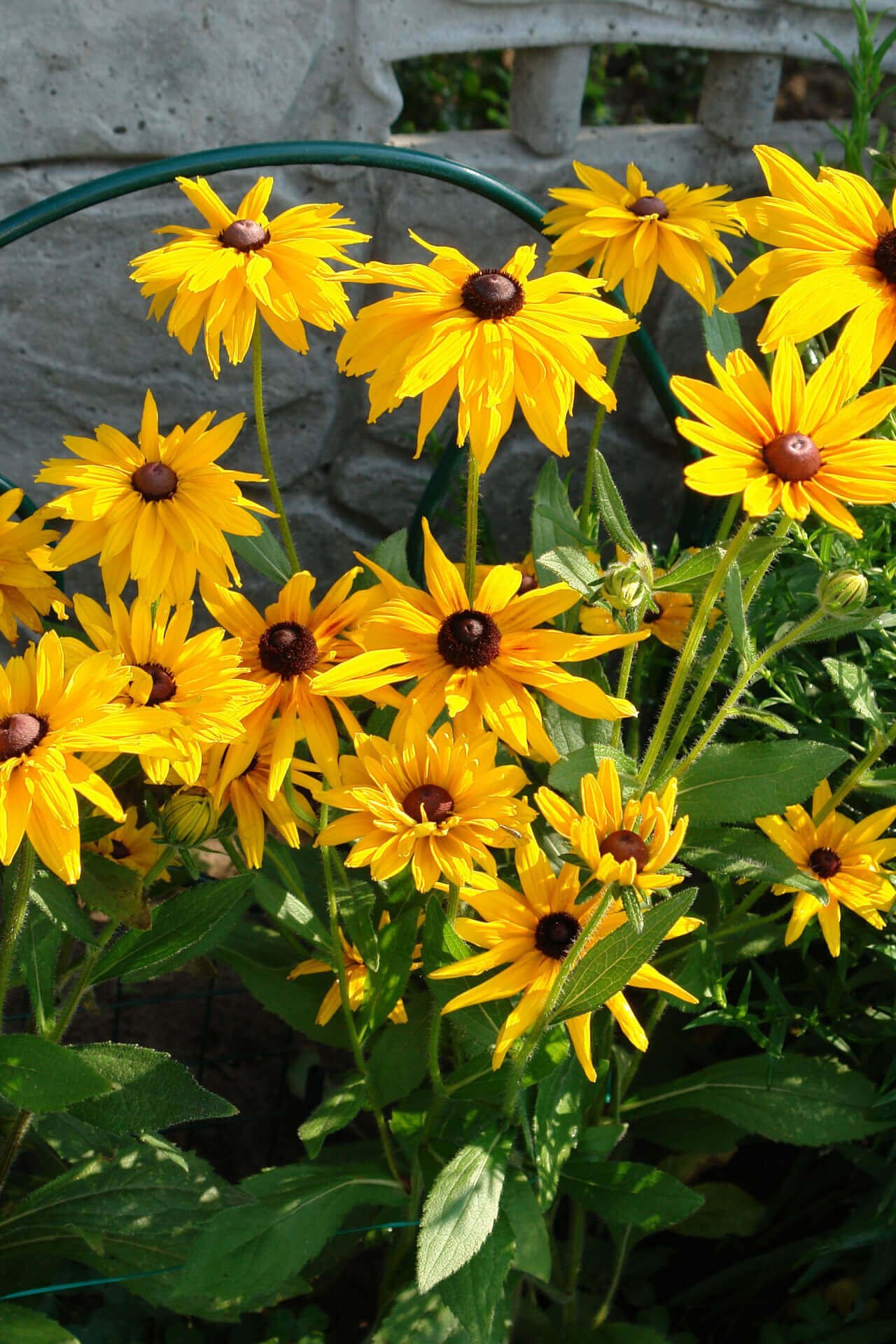


Black Eyed Susan
Bright, cheerful blooms attract pollinators
Low-maintenance and easy to grow
Long-lasting summer and fall flowers
Thrives in
ZONE 4ZONE 5ZONE 6ZONE 7ZONE 8ZONE 9This plant ships:
Ships Week of May 5thBlack Eyed Susan (Rudbeckia hirta)
Black Eyed Susan is a beloved native perennial that adds cheer with its iconic yellow petals and brown center. It is in the same family as daisies and coneflower.
Family: Aster (Asteraceae)
Light Requirement: Full
Water Needs: High
Height: 2-3 ft.
Spread: 2-3 ft.
Growth Rate: Fast
Bloom Time: Summer
Flower Color: Yellow
Wildlife Value: Attracts bees and butterflies
Landscape Uses and Maintenance – Black Eyed Susan (Rudbeckia hirta)
The Black Eyed Susan is fast-growing, low-maintenance, and will become an instant hit in your garden. Cut and come again: enjoy consistent blooms day after day from your cutting flower garden! They bloom from spring through early fall, when most other flowers are already finished blooming.
Place some in your garden as a great addition to the front of the border or your cottage garden. Make a bold statement in a pollinator or butterfly garden or allow their wilder side to shine in meadow inspired, naturalistic style gardens. Pair with coneflower, joe pye, and garden phlox for a winning combination that will turn heads when neighbors walk by your front yard.
This plant loves sunny days! Give it full sun to have it be its happiest; it thrives best in the sun. However, it can tolerate some shade.
The beauty and easy care of this plant will truly win you over and have you singing its praises. Give it full sun, space to grow, and water when dry. No need to water if raining regularly without drought. This plant does not require fertilizer. You can add compost or leaf mold to the soil when planting with a slow-release fertilizer.
Noteworthy Characteristics
Black Eyed Susan will attract many pollinators to your garden, including bees, wasps, and butterflies. It is the larval host to butterflies including the Bordered Patch and Gorgone Checkerspot. Leave the stems of this plant to overwinter to help increase the populations of these butterflies.
This is a very hardy perennial that adds bright pops of color to the landscape, bouquets and floral arrangements with its vibrant yellow petals and dark brown centers.
This Is How Your Plants Will Look upon Delivery

Bloom Season
Spring
Bloom/Foliage Color
Yellow
Height at Maturity
Over 12"
Care
Black-eyed Susans thrive in well-drained soil and need regular watering, especially during dry spells. Remove spent blooms to encourage more flowers. These hardy plants are relatively pest-free.
Plant Reproduction
Black Eyed Susan spread in gardens through self-seeding and rhizome growth.
Shipping date depends on the date displayed and chosen when you order from the product's page.
We only accept returns on plants verified dead. If you think your plants have died, we offer a 1 year warranty, please use this File a Claim Link to verify dead plants and start with return warranty process.





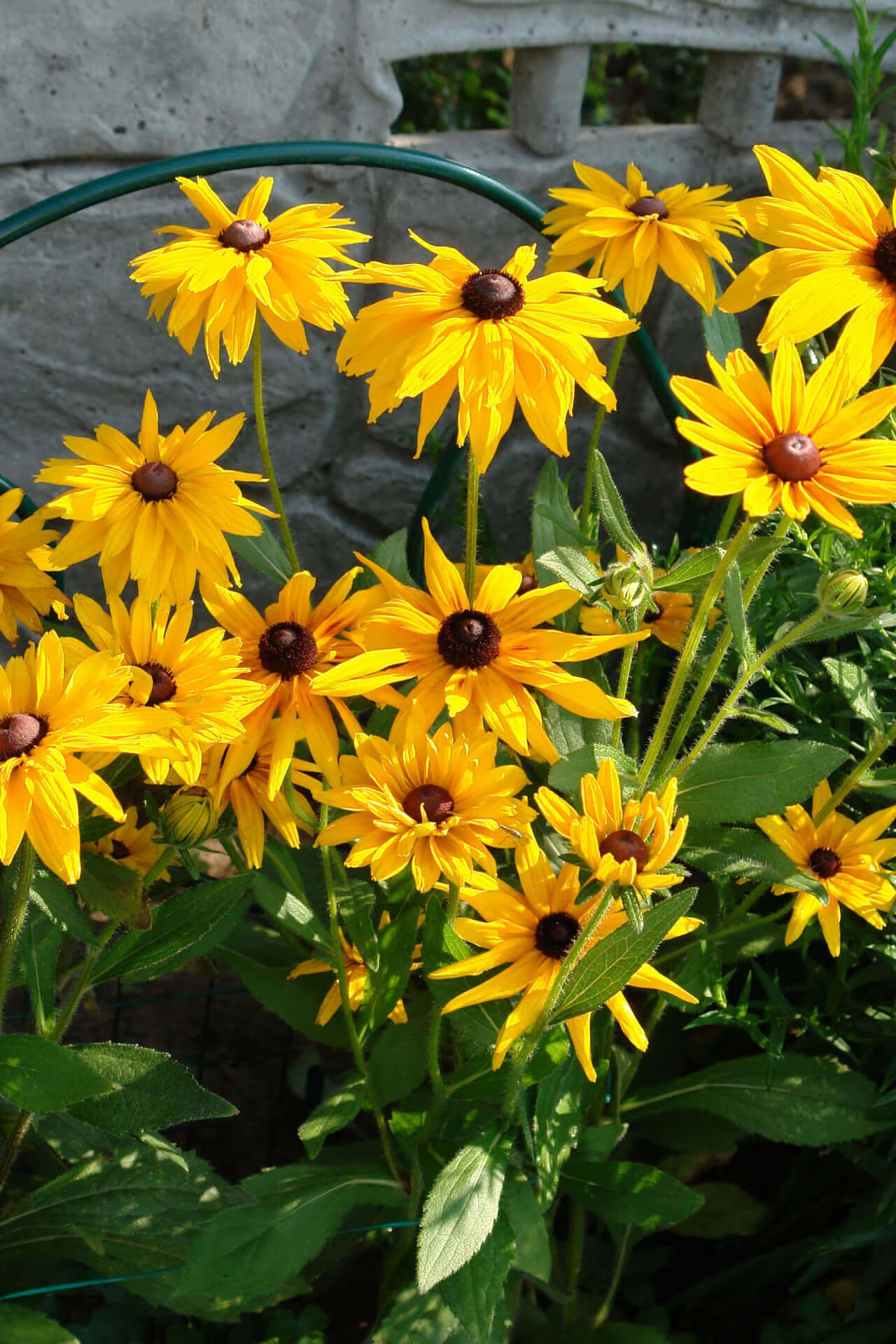
Aesthetic Appeal:
The bright, daisy-like flowers with dark centers are perfect for bouquets, adding beauty to floral arrangements. Their vibrant appearance makes them a sought-after choice for enhancing any bouquet or arrangement.
Health Benefits:
Contains compounds like flavonoids and saponins with potential anti-inflammatory and immune-boosting properties. Ongoing studies explore its beneficial effects on health and wellness.
Natural Pest Repellent:
The strong scent and nectar-rich flowers attract beneficial insects that help control garden pests. Promotes a healthier garden environment by naturally managing pest populations.
Visual Impact:
Forms large clumps that create a striking visual impact, showcasing its vitality and robust nature. These clusters add a bold, attractive presence to garden beds and borders.
Caring Tips
How do I care for my Black Eyed Susan?
Each box contains detailed care instructions and information about your product. But here's the basics.
Care Tips
Black-eyed Susans thrive in well-drained soil and need regular watering, especially during dry spells. Remove spent blooms to encourage more flowers. These hardy plants are relatively pest-free.
Light Requirements
Black-eyed Susans thrive in full sun, requiring at least 6 hours of direct sunlight daily. They can tolerate partial shade, but blooming may be reduced. Full sun ensures the best flowering and overall health of these hardy perennials.
Hardy Planting Zones
4 • 5 • 6 • 7 • 8 • 9
Header
Use this content to share information about your store and products.
Frequently Asked Questions
How often should I water my plants?
How do I know if my plant is getting too much or too little sunlight?
What should I do to prepare my plants for winter?
What are the signs that my plant needs fertilizing?
How can I prevent pests from damaging my plants?
How do I choose the right plant for my climate zone?



